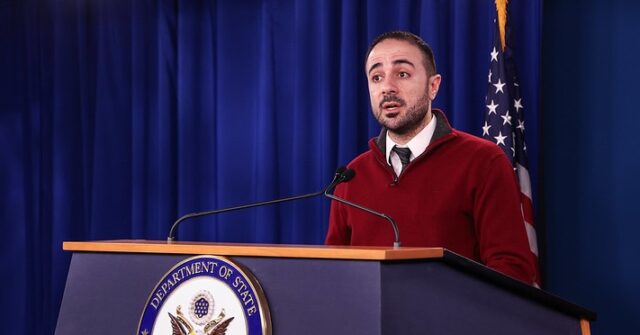Has anyone asked Rashida Tlaib, the Palestinian congresswoman from Michigan about Mohammed Salameh and his prison sentence? Who is he and what did he do you ask…. well the first World Trade Center bombing was caused by massive explosives inside a van in the parking garage and Salameh…rented that van. He was later arrested after he reported the van stolen and wanted his cash deposit of $400.00 refunded….ah HAH!
He entered the United States on a six-month tourist visa in 1988 but then overstayed. He was still in the country illegally in 1993 during the World Trade Center bombing. He applied for an immigration amnesty under a 1986 law that set up the Special Agricultural Worker program despite never having been eligible. However, he was still guaranteed work authorization.

Salameh’s 1978 Chevy Nova was used to ferry the nitric acid and urea used to construct the bomb used in the past 1993 bombing.
Despite failing his driving test four times, Salameh had been the driver for the group. On January 24, 1993, he jumped a curb and tore the undercarriage from his car, injuring himself and Ramzi Yousef. He was checked out of Rahway Hospital the following day and went to the garage to clean his car while Yousef remained in the hospital for four more days.[3]
With his Nova in for repairs, Salameh got Nidal Ayyad to use his corporate account with Allied Signal to rent him a new car. However, he got in a car accident again on February 16 and collided with a car.
***
Then there is Sirhan Sirhan…remember him? He killed Robert Kennedy, at the time he was a presidential candidate. The Jordanian Palestinian was in fact paroled and George Gascon refused to oppose his release but Governonr Gavin Newsom eventually blocked the release of Sirhan in 2022 and he was again denied parole in 2023. Sirhan was born in ‘mandatory Palestine’ of the West Bank and later became a citizen of Jordan. His family immigrated to te United States when he was 12 years old. He never became a U.S. citizen.
***
Now at issue is President Biden is considering issuing visas to Palestinians in Gaza that have family members in the United States. Discussions are in fact underway and include those who are legal permanent residents in the U.S. become U.S. citizens. It is notable that no country in the Middle East especially Jordan or Egypt want any Palestinians. Biden’s mission is to use a tool called DED, deferred enforced departure. Those Palestinians already i the United States that are under threat of deportation for various reasons have deferral under his executive order for at least 18 months.
One has to ask if those pro-Palestinians or in fact are Palestinians that have been arrested for the threats and protests on college campuses are protected under the Biden DED program.





